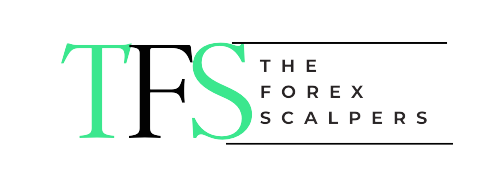How to trade oil? Dominating Brent Oil Markets.
Trading oil is a popular way to participate in the global economy because oil is crucial for economic growth. It’s like the “life’s blood” that
Learn everything about Orderflow trading?
theforexscalper
Email us now :
info@theforexscalpers.com
Trading oil is a popular way to participate in the global economy because oil is crucial for economic growth. It’s like the “life’s blood” that
The Nasdaq 100 Index is a popular market indicator consisting of the largest 100 non-financial companies listed on the Nasdaq stock exchange. Understanding how to
Crude oil futures rollover dates If you trade a lot crude oil then you know that a rollover takes place once a month and you
how to read order flow Are you tired of staring at order flow charts and feeling like you’re watching a foreign language movie without subtitles?
Brent vs WTI Crude Oil Oil is a valuable resource that is used for cooking, transportation, and heat. It is so important that wars have
If you are looking to enter the world of forex trading, it is important to have the right tools and resources to help you succeed.
Understanding Order Flow Trading Introduction: Order flow trading is a popular trading style that focuses on understanding the flow of orders in the market.Rather than
Institutional trading refers to the buying and selling of securities by large financial institutions, such as pension funds, mutual funds, and investment banks. With millions
Trading psychology. Trading psychology is one of a series of blogs I will be writing in the near future. “The Forex Scalper” Let’s start with

Use Code: PRACTICUM50
Join now and take the first step towards mastering your skills. Don’t miss out on this limited-time offer!
Start Your Journey Today!
Get 15% off on any item when you buy today